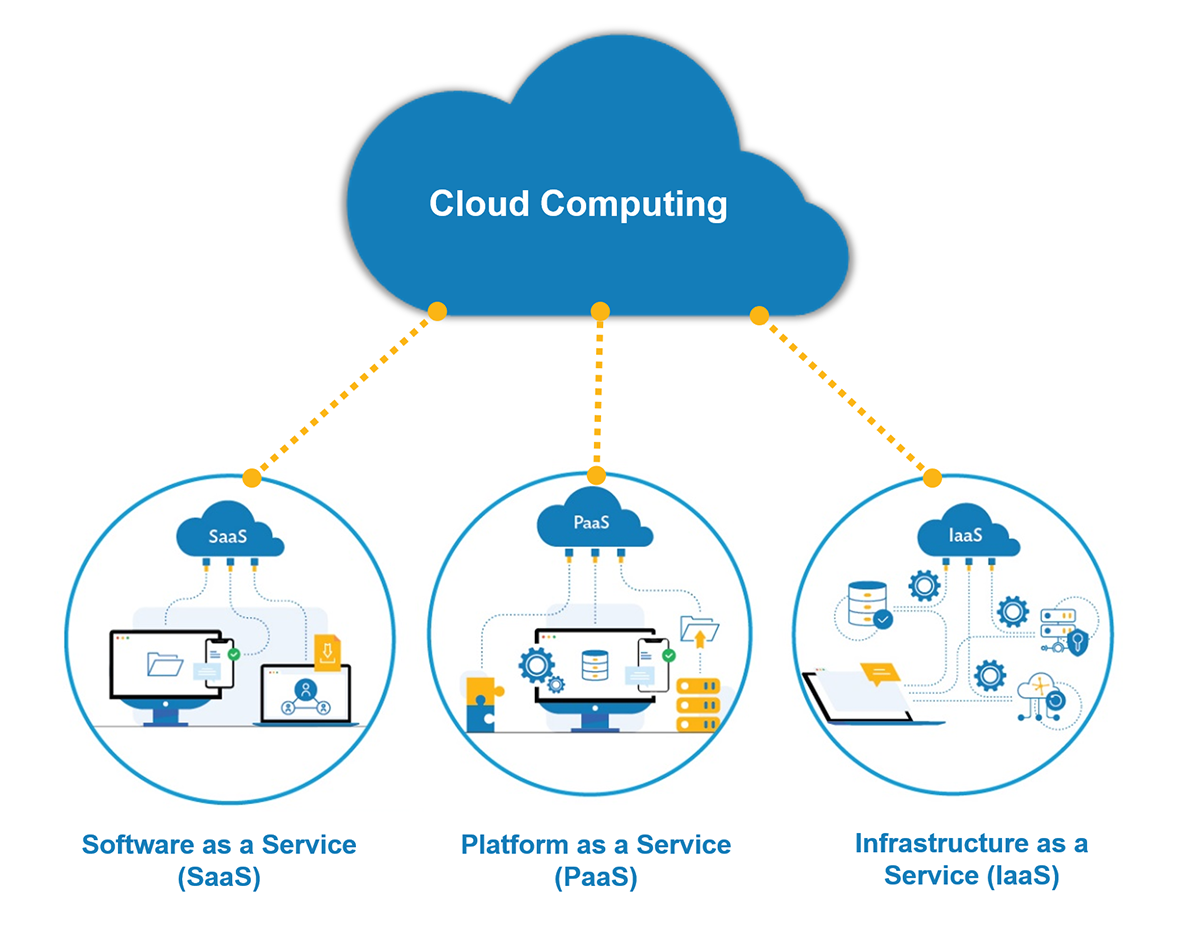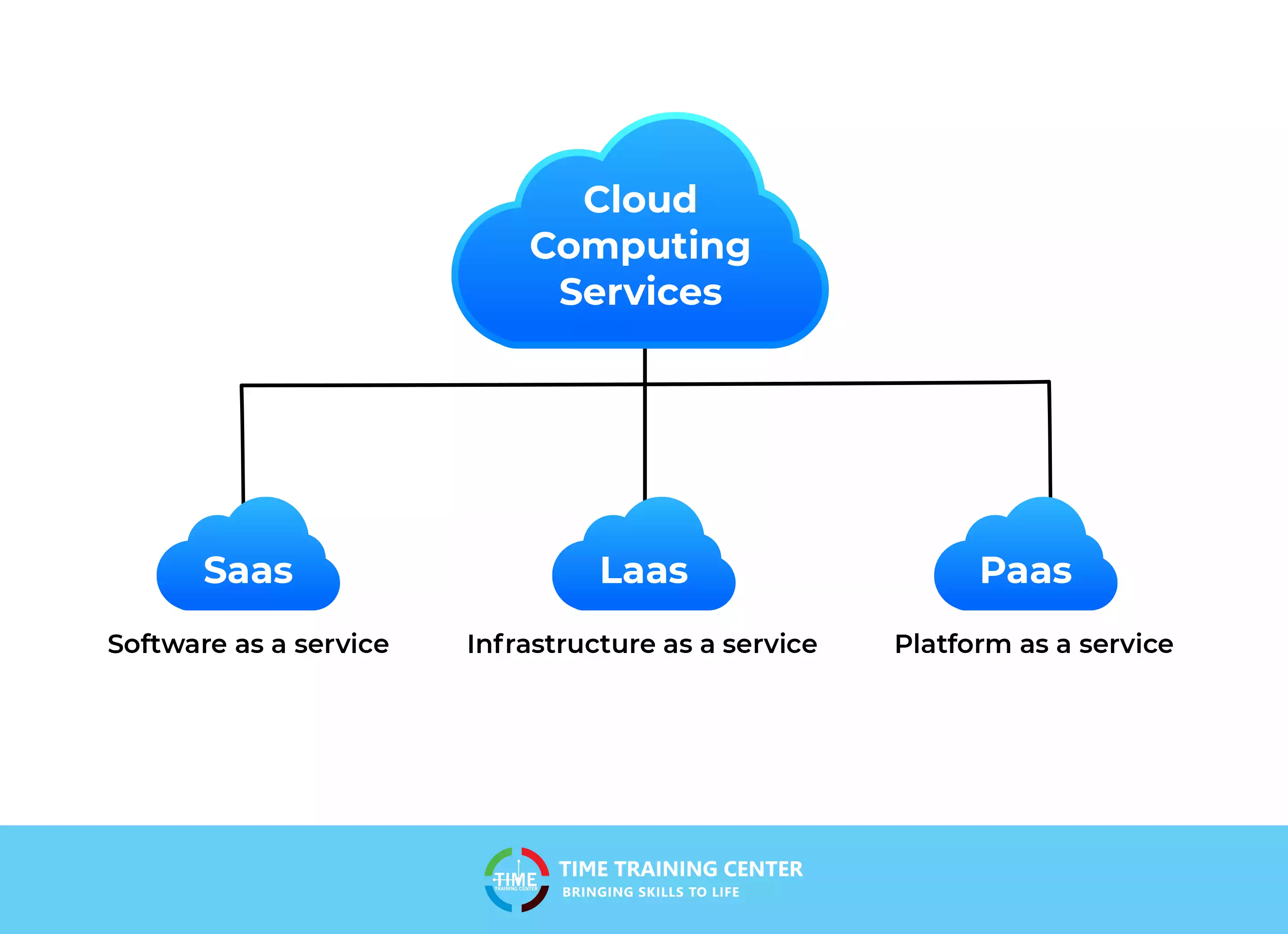Revolutionize Your IT Facilities With Cloud Services
In the ever-evolving landscape of IT framework, cloud services have arised as a game-changer for organizations looking for to increase and simplify operations effectiveness. The change towards leveraging cloud services uses a myriad of benefits that can reshape the method organizations work, from maximizing costs to making sure smooth scalability. However, the genuine inquiry continues to be: How can business properly browse this transformative trip and harness the complete potential of cloud services to stay in advance in today's affordable market?
Benefits of Cloud Solutions
Cloud solutions supply countless benefits to organizations and companies seeking to enhance their IT infrastructure. One vital advantage is cost-effectiveness, as cloud solutions get rid of the need for upfront investments in hardware and software. Rather, services can go with a pay-as-you-go version, lowering resources costs and enabling more foreseeable budgeting. In addition, cloud solutions offer scalability, enabling companies to conveniently change their resources based on need. This versatility guarantees that businesses can successfully manage changes in workload without overprovisioning servers or storage.
An additional advantage of cloud services is enhanced availability. By storing data and applications in the cloud, employees can access them from anywhere with a web link. This improves collaboration and efficiency, especially for remote or dispersed teams. Additionally, cloud services provide boosted safety and security actions, such as data security, regular backups, and robust accessibility controls. This helps safeguard delicate information and makes certain compliance with data defense regulations. Generally, the advantages of cloud services make them a compelling option for companies looking to update their IT framework and drive innovation.
Migration Techniques for IT Facilities
In the realm of updating IT facilities, efficient movement methods are vital for making certain smooth changes and maximizing functional performance. When preparing the movement of IT facilities to the cloud, organizations need to initially carry out a thorough analysis of their existing systems and work. This evaluation assists in recognizing which components appropriate for movement, approximating prices, and establishing sensible timelines.
One typical migration strategy is the "lift and change" strategy, where existing applications and information are moved to the cloud with very little changes. While this strategy is fast, it might not completely take advantage of the benefits of cloud solutions (linkdaddy cloud services). A more critical technique includes rearchitecting applications to be cloud-native, making use of the scalability and versatility provided by the cloud setting
In addition, organizations can go with a phased movement, where applications are moved incrementally to the cloud. This method permits screening and optimization at each stage, decreasing the danger of disturbances to core service operations. By carefully intending and carrying out movement techniques, businesses can efficiently shift to the cloud while decreasing downtime and making the most of performance.
Enhancing Safety And Security in the Cloud
Applying durable safety and security procedures is vital when transitioning IT framework to shadow solutions, ensuring data stability and discretion are kept at all times. Protection in the cloud entails a multi-faceted approach that encompasses various layers of protection.
Furthermore, strong accessibility controls and verification systems are crucial elements of cloud safety. Carrying out role-based access control ensures that only authorized personnel can access delicate information and carry out details activities within the cloud framework. Multi-factor authentication adds an extra layer of safety and security by requiring users to offer multiple forms of confirmation prior to accessing essential sources.
Routine safety and security incident, surveillance, and audits action procedures are vital for recognizing vulnerabilities and reacting promptly to any kind of safety and security continue reading this breaches. By continually enhancing and reviewing safety and security measures in the cloud, companies can reduce threats and preserve a durable safety position in the ever-evolving electronic landscape.
Cost-Efficiency and Scalability
Maximizing functional efficiency while making sure seamless development is an important aspect of modern-day IT facilities monitoring. linkdaddy cloud services. Cloud services supply an economical solution for organizations wanting to maximize their IT operations. By leveraging cloud resources, companies can scale their infrastructure up or down according to require, eliminating the requirement to purchase costly equipment that might become outdated promptly. This pay-as-you-go design permits for better cost control, as business only spend for the sources they use.

Driving Advancement Through Cloud Fostering
Assisting in technical developments, cloud adoption equips businesses to drive development and continue to be affordable in today's rapidly progressing electronic landscape. By leveraging cloud services, organizations can enhance their procedures, increase agility, and cultivate a culture of testing and creative thinking. The cloud provides a scalable and versatile setting that encourages the development of new concepts and remedies without the constraints of conventional IT facilities.
Among the key means click shadow fostering drives innovation is through allowing fast prototyping and testing of brand-new items and solutions. With cloud sources conveniently offered, firms can rapidly spin up models, gather responses, iterate on designs, and bring innovative services to market faster than in the past. This sped up development cycle enables companies to stay in advance of the contour and satisfy the altering demands of customers in real-time.
Furthermore, cloud services offer accessibility to innovative modern technologies such as expert system, maker discovering, and large information analytics, which are necessary for driving advancement in today's data-driven world. By taking advantage of these innovations through the cloud, companies can reveal useful insights, automate processes, and develop individualized experiences that set them besides rivals. Accepting cloud adoption not just transforms IT infrastructure yet likewise drives companies towards a future of continual development and development.
Final Thought

In the ever-evolving landscape of IT framework, cloud services have arised as a game-changer for companies seeking to streamline procedures and improve effectiveness.Cloud services supply many advantages to organizations and businesses looking for to improve their IT infrastructure. Overall, the advantages of cloud services make them an engaging choice for companies looking to update their IT infrastructure Recommended Reading and drive technology.
Executing robust security procedures is critical when transitioning IT facilities to shadow services, making certain data honesty and privacy are kept at all times.In final thought, cloud solutions provide countless benefits for changing IT infrastructure, consisting of cost-effectiveness, scalability, enhanced protection, and development possibilities.